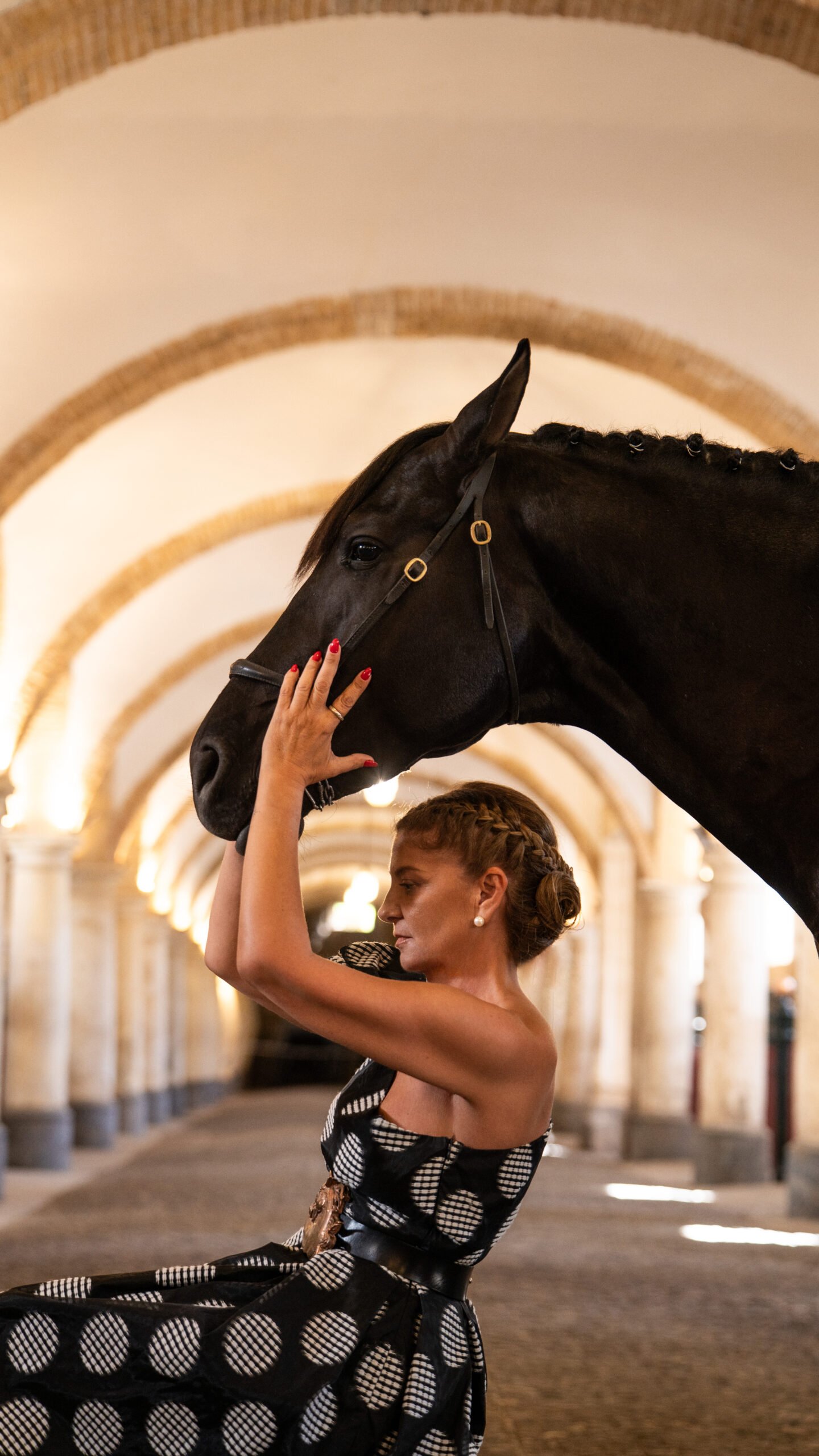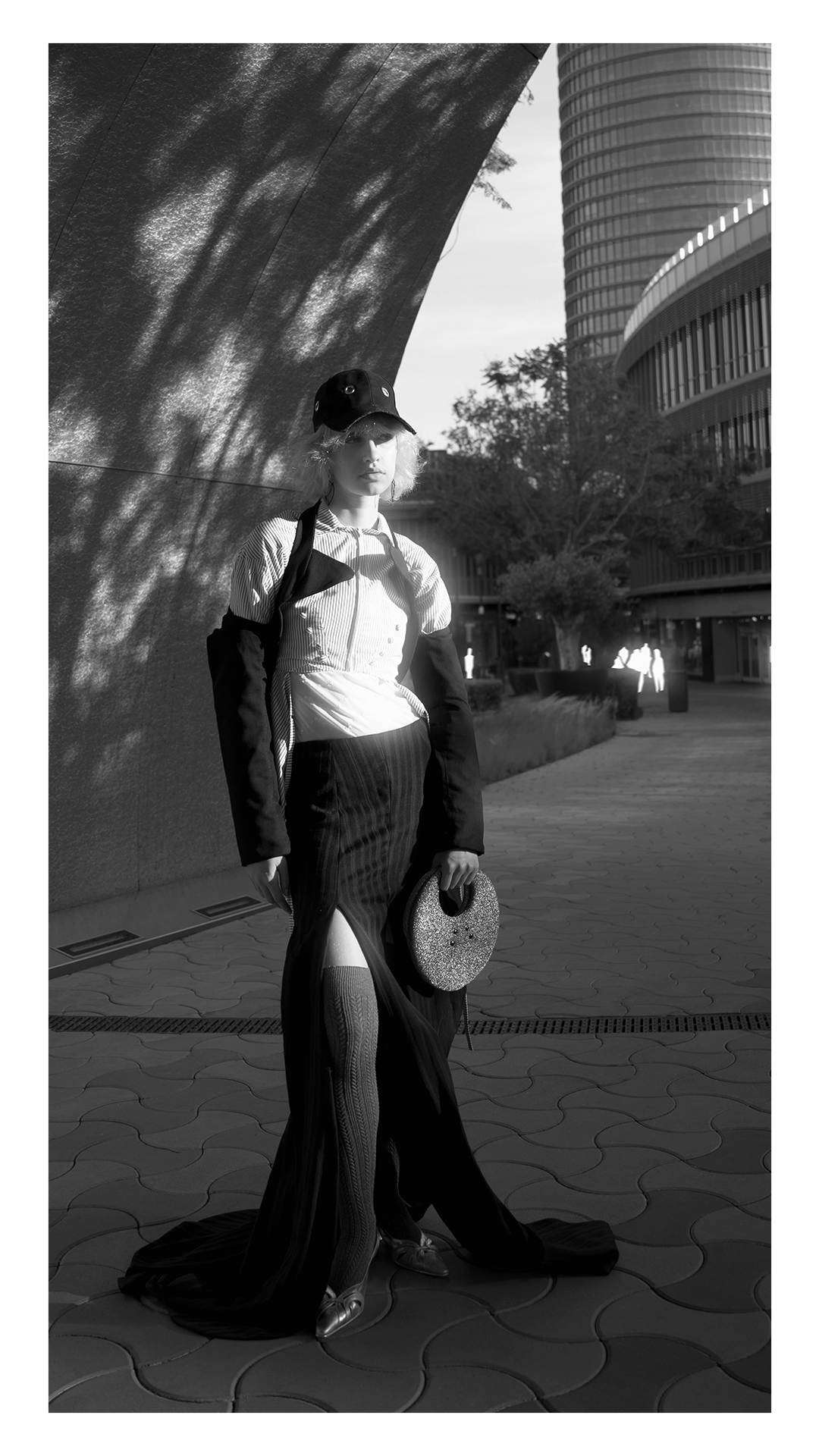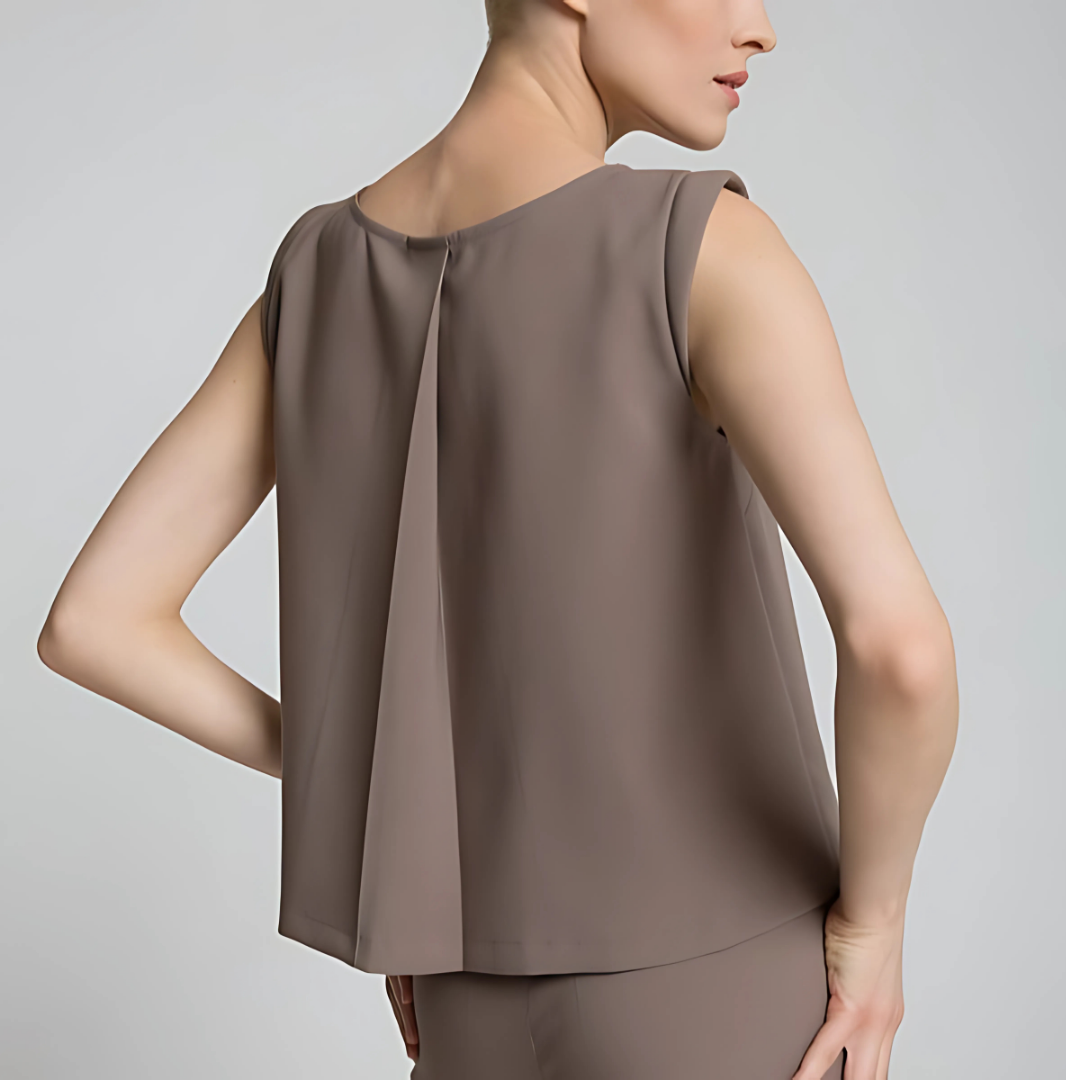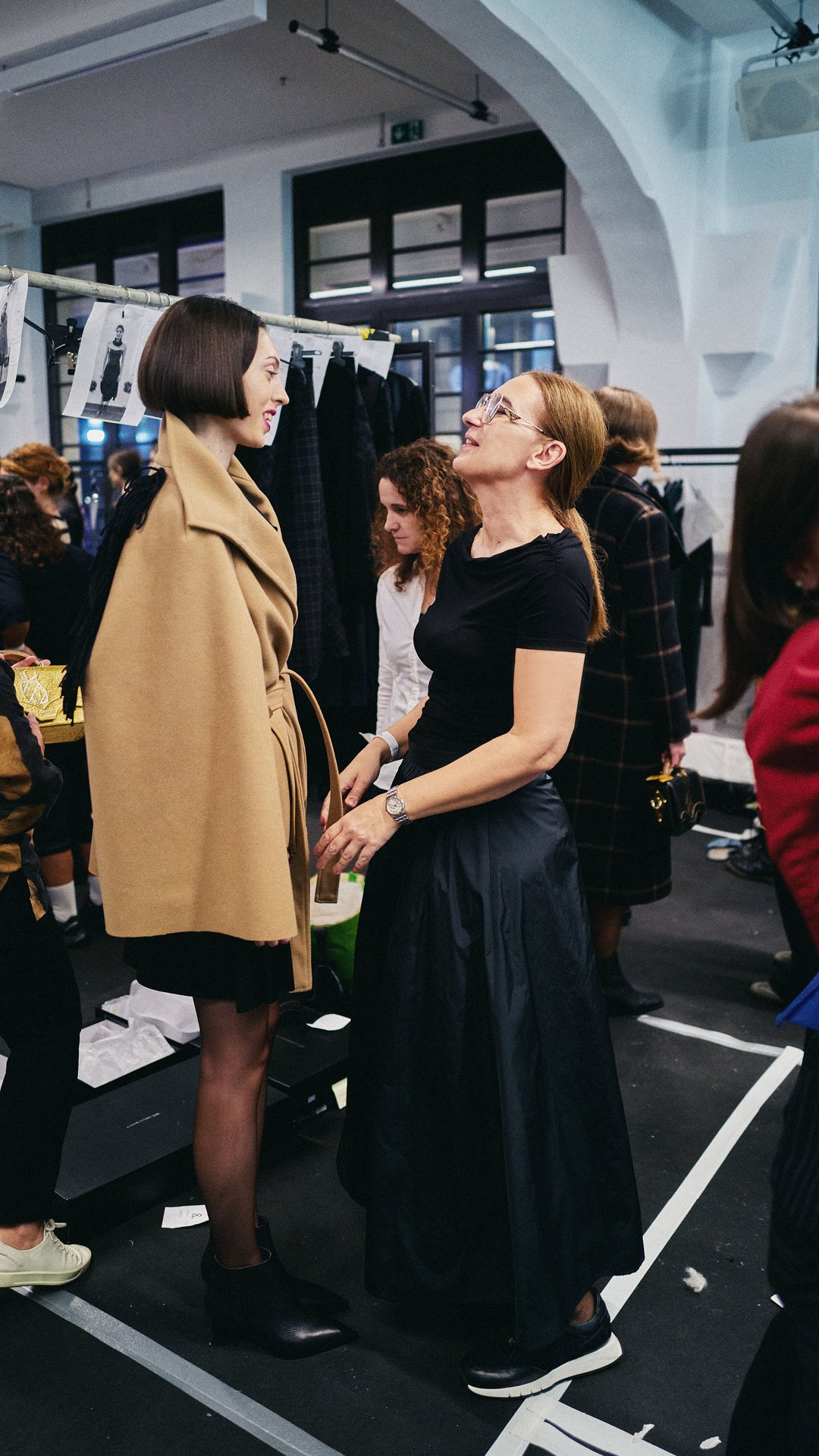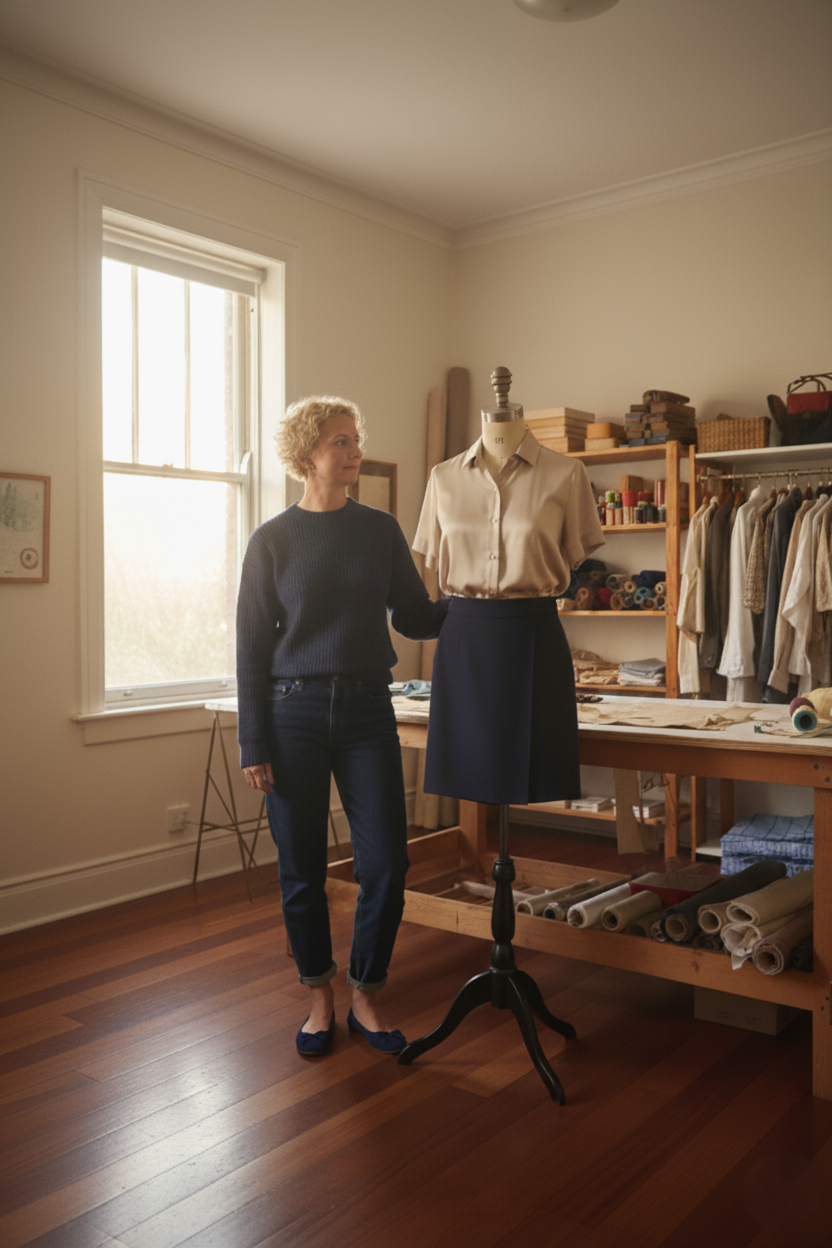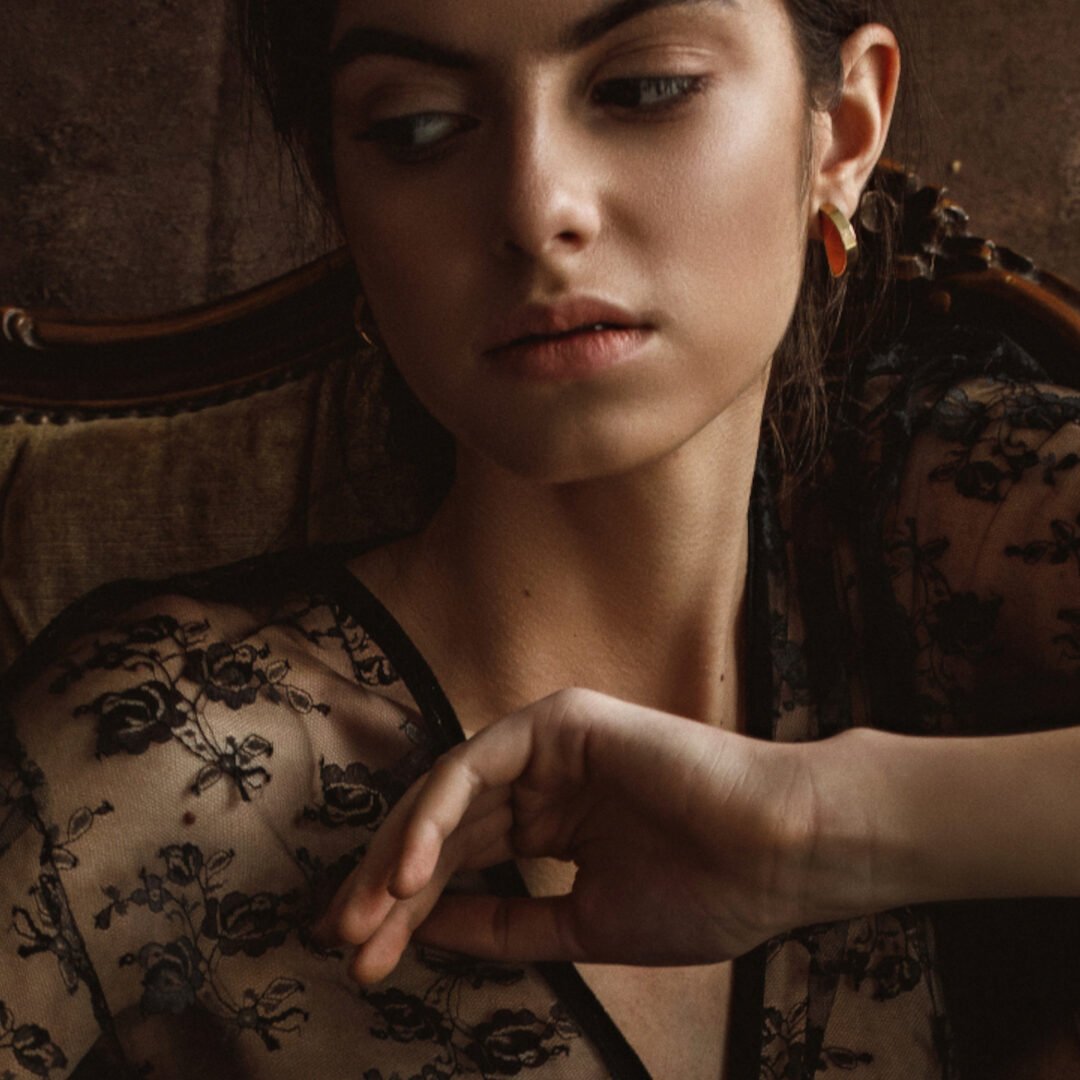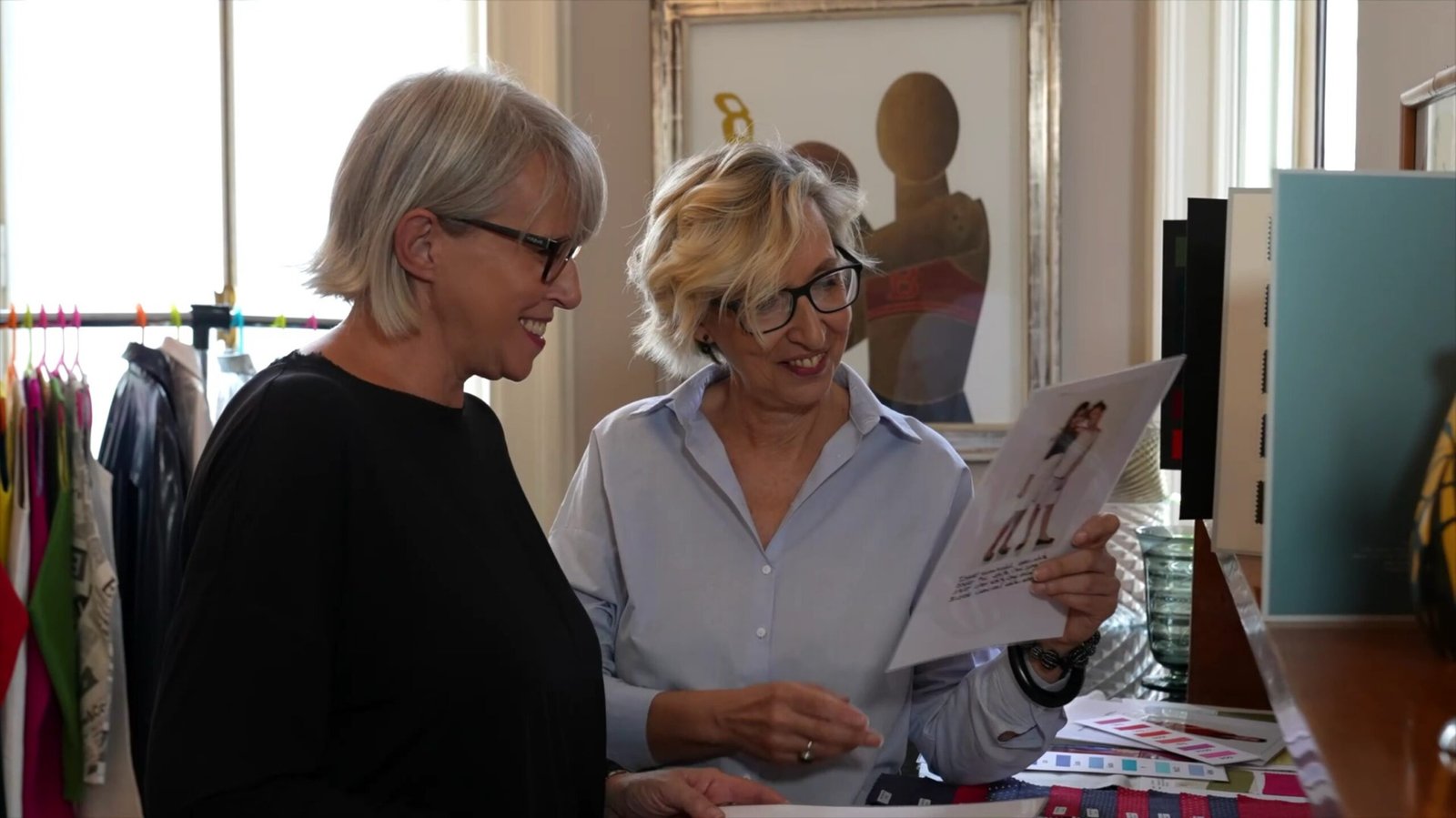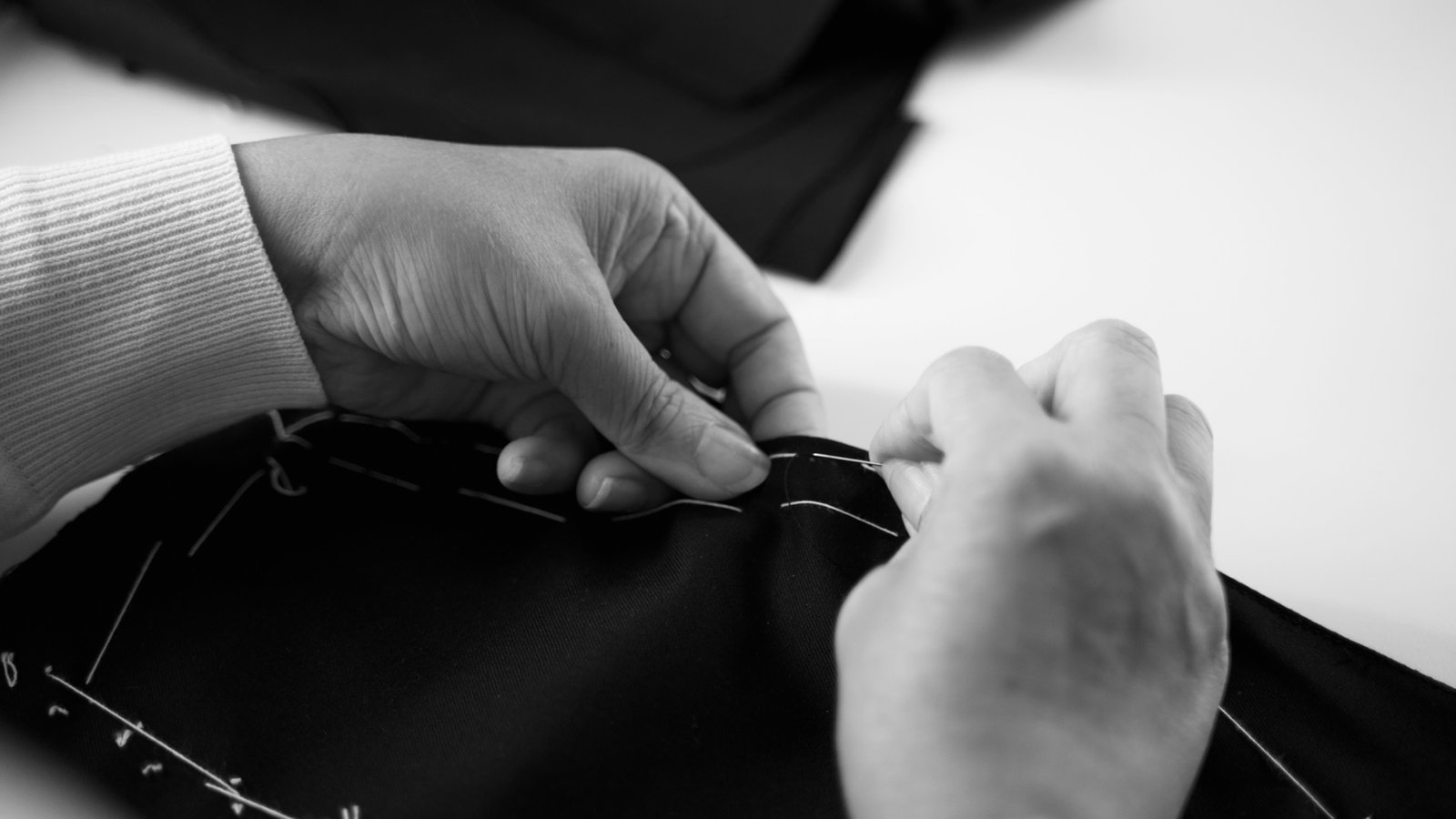Some stories are born even before words can describe them. Mine began in childhood, when I was already sketching princess dresses at the age of six. Inspired by fairy tales and the grace of their heroines, I gave form to a universe where every line I drew opened the door to a bigger dream.
I was born in Vanuatu, in the capital Port Vila, in a small house where two bedrooms held my parents and five children, bunk beds stacked close together. Life was simple, yet it overflowed with colors, scents, and textures that became my first language of beauty. At the front of the house, my mother’s garden bloomed with gerberas, dahlias, roses, marigolds, and hibiscus. She had a gift for caring for plants, and her joy for colors shaped my own. From our neighbor’s garden I would secretly take frangipani flowers, my favorites, and climb fruit trees even when it was dangerous. The brightness of mangos, lychees, pineapples, and their mix of perfumes felt like a living palette. These moments taught me that creativity often begins with curiosity, with the courage to reach for beauty even when it is just out of reach.

The vibrant colors and environment of Vanuatu left a long lasting impression on Madeleine
Much of my childhood was lived outdoors. Across the road, there was a basketball court where I played endlessly with my brothers and sisters, inventing games and testing our imagination. At the market with my mother, I was captivated by the rows of fruits, vegetables, and flowers, an endless study in textures and shades. By the sea, I collected shells to make necklaces or flower crowns, small attempts to transform the natural world into adornment. These early gestures were play, but they were also the roots of a way of seeing that I carry into my work today.
At the market with my mother, I was captivated by the rows of fruits, vegetables, and flowers, an endless study in textures and shades. By the sea, I collected shells to make necklaces or flower crowns, small attempts to transform the natural world into adornment. These early gestures were play, but they were also the roots of a way of seeing that I carry into my work today.
Vanuatu was more than nature. It was an archipelago of cultures. French, English, Melanesian, Tahitian, Chinese, Vietnamese, each community carried its own way of dressing, moving, and celebrating life. I remember community festivals where Vietnamese women danced in their traditional áo dài, and I was mesmerized by the elegance of the fabric. Outside the celebrations, many wore clothing inspired by the 1970s, which remains one of my favorite styles. Passing through the airport, I would stare at travel posters showing glamorous women, adorned with golden details, so polished and luminous that they felt like art. I did not know it then, but all these encounters were training my eye, teaching me that fashion is a living dialogue between cultures, a fusion of traditions and reinvention.
Sundays were moments of revelation. On their way to church, women and children walked with dignity, their silhouettes carefully composed. It was not one dress that stayed with me, but the sense of ceremony. Dressing was never superficial. It was an act of respect, an embrace of beauty, a quiet declaration of identity. I often watched weddings in secret, hidden near the church, fascinated by the brides’ gowns, by how fabric could carry dreams and emotion. And when the ceremonies ended, I would draw a hopscotch grid near the church and play until the priest scolded me. Even then, the space of ritual was, for me, also a space of imagination. Those Sundays planted in me the conviction that clothing has the power to elevate the ordinary into something sacred.
At home, another ritual shaped me. Each evening, I sat beside my grandmother as she sewed, sometimes by hand, sometimes at her machine. I watched her patiently, absorbing the rhythm of thread passing through fabric, the discipline of every seam. She did not need to explain. Her gestures spoke. From her I learned something that guides me still: perseverance, patience, and the dignity of making.

Coral-inspired pearl embroidery in progress, featured at Vancouver Fashion Week
One day, I asked my mother to make a dress I had imagined. It was too complex for her to bring to life, and for me it became a revelation. If no one could make the dresses I dreamed of, I would one day learn to make them myself. That silent promise still defines my path.
When I arrived in France at eleven, the contrast was striking. The lush, humid landscapes of Vanuatu gave way to stone streets and centuries-old architecture. For the first time, I discovered the rhythm of the seasons. Winter, especially, was both a shock and a revelation. I had never seen snow. Suddenly, clothing was not only about beauty or ceremony, but about warmth, protection, and adaptation. Heavy coats, scarves wrapped tight, the layered structures of winterwear were as fascinating as the flower crowns and light fabrics of my island childhood. In France, I learned to see clothing not only as expression but also as architecture for the body, something that could hold, support, and transform.
Before fashion school, I taught myself. I drew, cut, and sewed instinctively, experimenting with forms that lived only in my imagination. Academic training later gave me a foundation, but my identity was already forged. I am not only a seamstress. I am a tailor, a stylist, and a creator. I design for women and men alike. For me, creation is complete only when an idea becomes a wearable object, when sketch meets body.
My atelier is intentionally small, and I work with my own hands from start to finish. I choose materials for their behavior: how they move, how they hold light, how they respond to the body in motion. Each decision is deliberate: the weave of a wool, the sheen of a silk, the weight of a lining. Many finishes are hand-sewn, hems stitched with patience, edges bound with a memory of touch. These gestures are not nostalgia. They are intention. They root the garment in time and give it a life beyond seasons.

Madeleine Blanc deep in creative thought as she chooses colors and contemplates design
Nature remains at the center of my inspiration. Flowers are not only motifs but methods. Their balance between fragility and resilience reflects the people I want to dress. Their textures, colors, and structures nourish my collections, just as the frangipani flower became part of our house’s logo. Architecture also speaks to me. Its lines, its discipline, and its strength merge with the poetry of the organic to form my design language: a meeting of structure and flow.
This sensitivity to contrast sets our maison apart. I do not design for logos or status. I design for quiet strength and for elegance as an inner force. In a world where noise often takes the place of meaning, my answer is refinement and integrity. Details matter: the way a sleeve finishes at the wrist, the invisible work of a facing, the exact fall of a pleat. These are the decisions that give a piece its authority without shouting.
Growing up in Vanuatu gave me more than memories. It gave me a way of seeing: how color can read like a sentence, how texture can mark time, how light reveals form. The flamboyant tree in bloom, the ritual of Sunday dress, the hum of my grandmother’s machine, the mix of cultures in the streets, the daring climb to a lychee tree, and later the shock of snow in France. All of these live in every piece I create. Clothing, for me, is never just material. It carries memory, identity, and story.
Our maison is more than a fashion house. It is my inheritance of elegance, reimagined for the present and the future. What drives me is not only to design garments but to reveal the confidence and grace that already exist in those who wear them. I want each piece to offer a posture, a comfort, and a quiet insistence that style need not be loud to be true.

Vancouver Fashion Week finale: Florine Blanc and Madeleine Blanc, with one of the creations presented on the runway
My vow is simple. As long as there are stories to tell, I will give them form, thread by thread, seam by seam, with the conviction that elegance is not a surface but a soul.

ANQA BLANC
Madeleine Blanc, Founder and Creative Director of ANQA BLANC
Read Next

Istán and Me Part 1
Vitamia Magazine
Tailoring the In-Between
Vitamia Magazine

